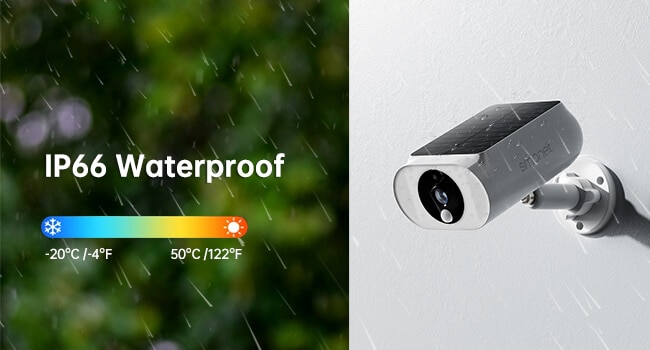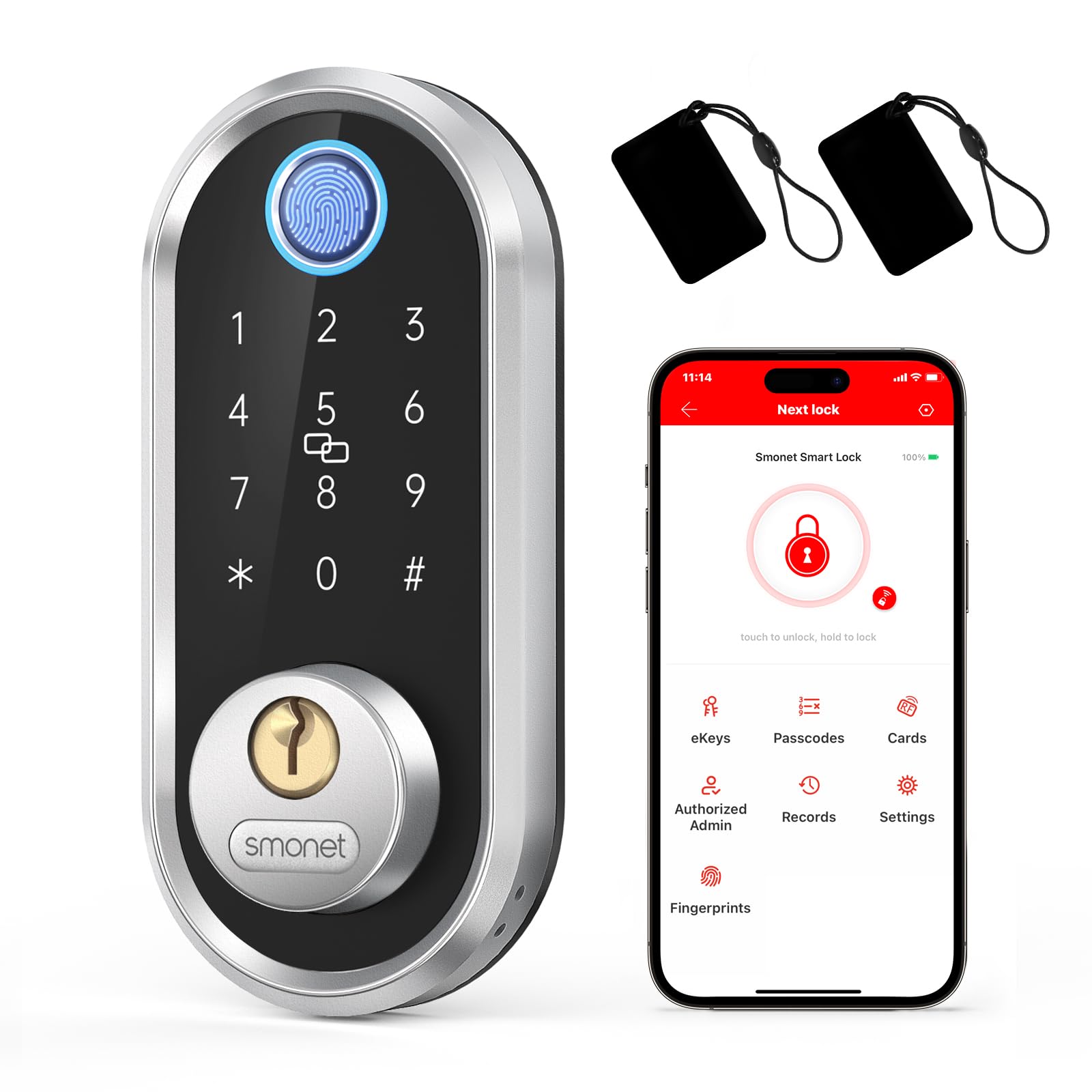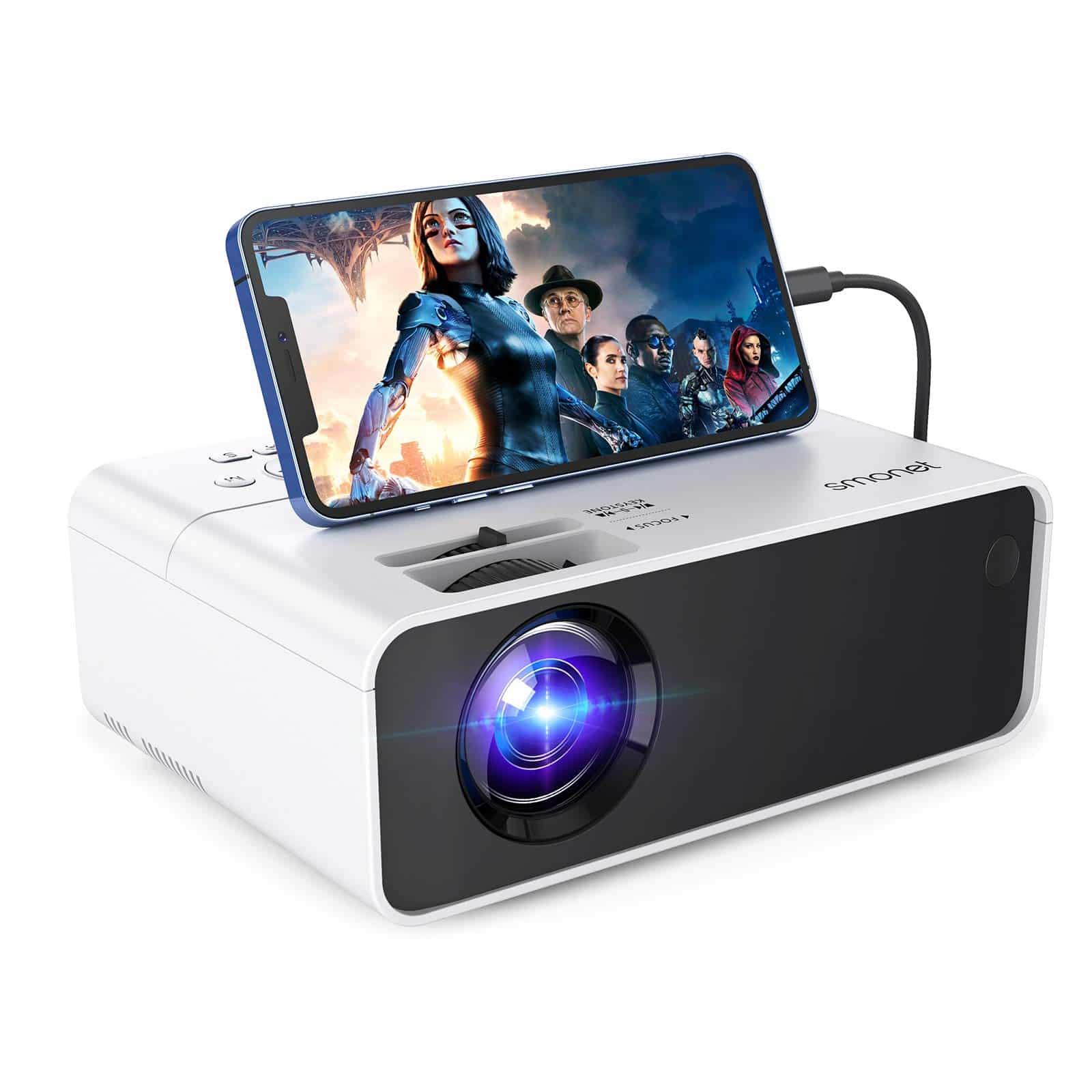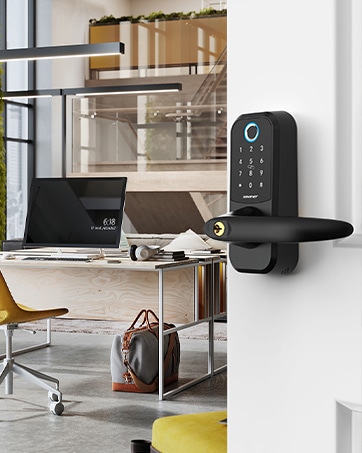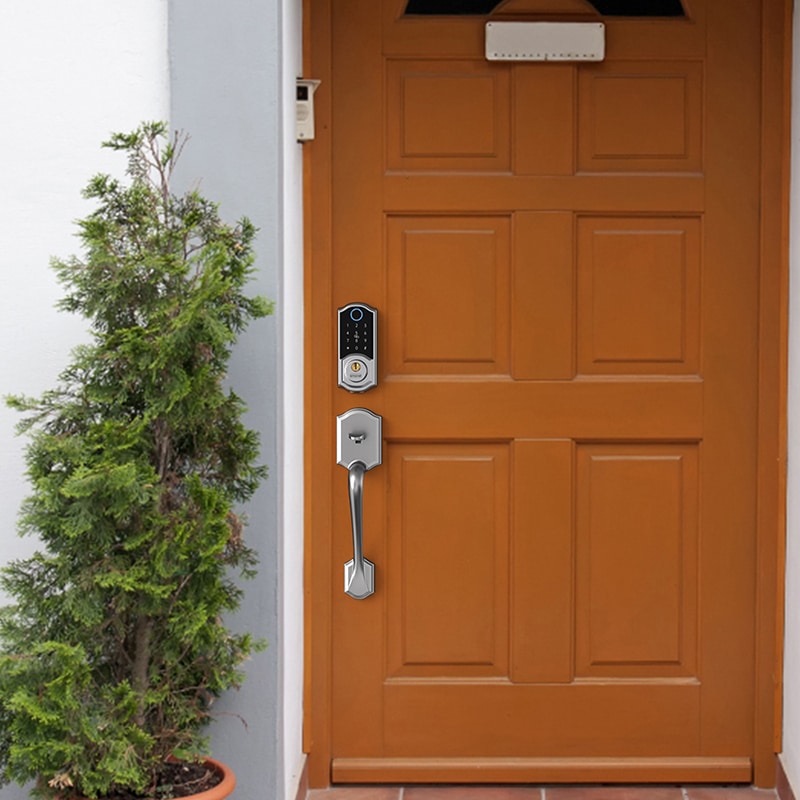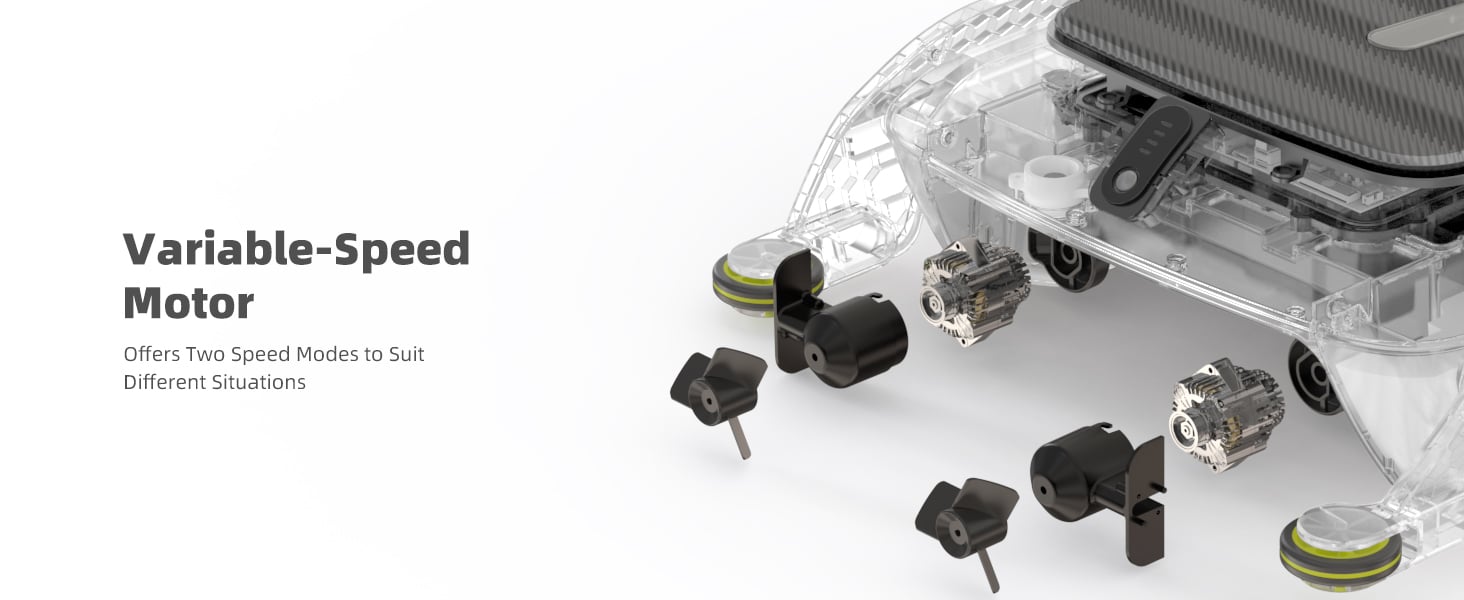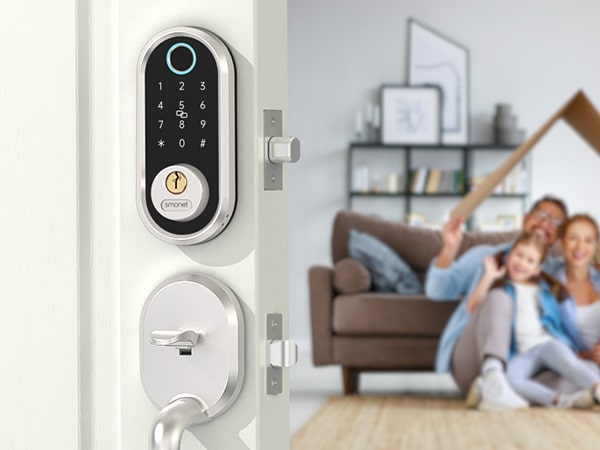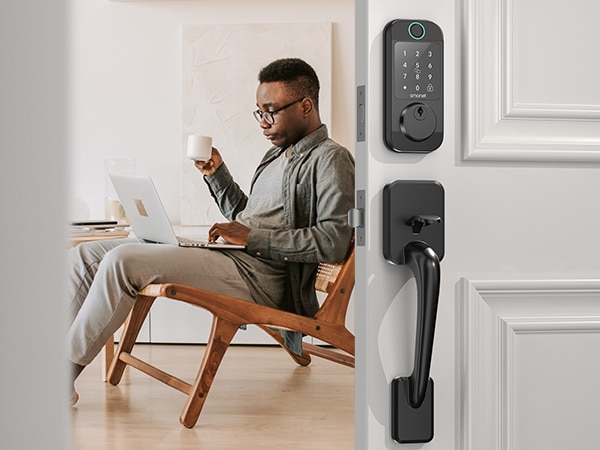The History and Evolution of Security Cameras
Table of Contents
Wise solar cameras with WiFi have become an integral component of modern security systems, providing peace of mind to both individuals and businesses alike. But have you ever wondered when security cameras were first invented? Join us as we journey back through time to understand their beginnings and the development of the best solar powered security camera available today.
The Early Beginnings
The idea of surveillance can be traced back to ancient civilizations, when guards and watchtowers were employed to monitor and protect communities. However, the best solar powered security cameras were first invented during the 20th century.
1942: The First Security Camera System
World War II witnessed the first recorded use of security camera systems when German engineer Walter Bruch designed and installed a closed circuit television (CCTV) system to monitor V-2 rocket launches – not for public consumption but as an important milestone in surveillance technology development.
1960s: Commercial Use of CCTV
In 1960, American company Vericon first commercialized CCTV systems. Their system was first introduced for banks and retail stores. Early systems consisted of simple cameras connected via coaxial cables to monitors for monitoring purposes.
1970s: Advancements in Technology
In the 1970s, security camera technology made significant strides forward. Video cassette recorders (VCRs) allowed for easier storage and review of surveillance footage, as well as more compact and affordable cameras becoming widely adopted across industries.
1980s: The Rise of Digital Technology
In the 1980s, digital technology brought about an unparalleled revolution to the security camera industry. Digital video recording (DVR) systems became the go-to solution, offering higher quality video, longer recording times and easier access to footage than VCRs could offer. Furthermore, CCD sensors greatly enhanced image quality on security cameras.
1990s: The Internet and IP Cameras
In the 1990s, with the rise of internet access came an explosion of IP cameras. These internet protocol (IP) cameras allowed remote monitoring and control, expanding wireless solar surveillance camera applications dramatically.
2000s: High-Definition and Wireless Cameras
In the early 2000s, HD cameras became increasingly prevalent, providing enhanced image quality and detail. Wireless technology also gained in prominence, making deployment possible in areas where running cables was impractical or impossible.
Present Day: Smart Security Cameras
Today’s wise solar cameras with WiFi have evolved into advanced smart devices equipped with advanced features like facial recognition, motion detection, night vision, and cloud storage. When integrated with smart home systems and mobile apps, users are able to track their properties from any location worldwide in real-time.
Conclusion
Wireless solar surveillance cameras have come a long way since their humble origins during World War II to become sophisticated smart cameras of today. Their development is due to advances in technology, making them more accessible, reliable, and effective in safeguarding people and property. We can expect security cameras to become ever more intelligent over time as technology progresses further – they may soon even become an integral part of everyday life!
Prime Day OFF
Until the End
-
Master Of Cleanliness: Visual Guide To Recognizing And Understanding Your Electric Pool Cleaners
-
Making the Right Choice for A Best Keypad Door Lock: A Guide Based on Material Consideration
-
The 7 Most Common Types of Locks for Home and Office Security
-
Door Knob With Fingerprint Identification- The Future Of Home Security
-
Selecting the Ideal Digital Door Lock Style and Color for Your Abode
-
Evolution Of Security- Smart Door Key Lock
-
Mailbox Digital Lock- Reinventing Mail Security In The Digital Age
-
Exploring Alternative Unlocking Solutions - Smart Lock Fingerprint Cards and Wristbands
-
Touch Id Door Locks- Next-Generation Security At Your Fingertips
-
Smonet Home Door Lock- The Future Of Home Security

